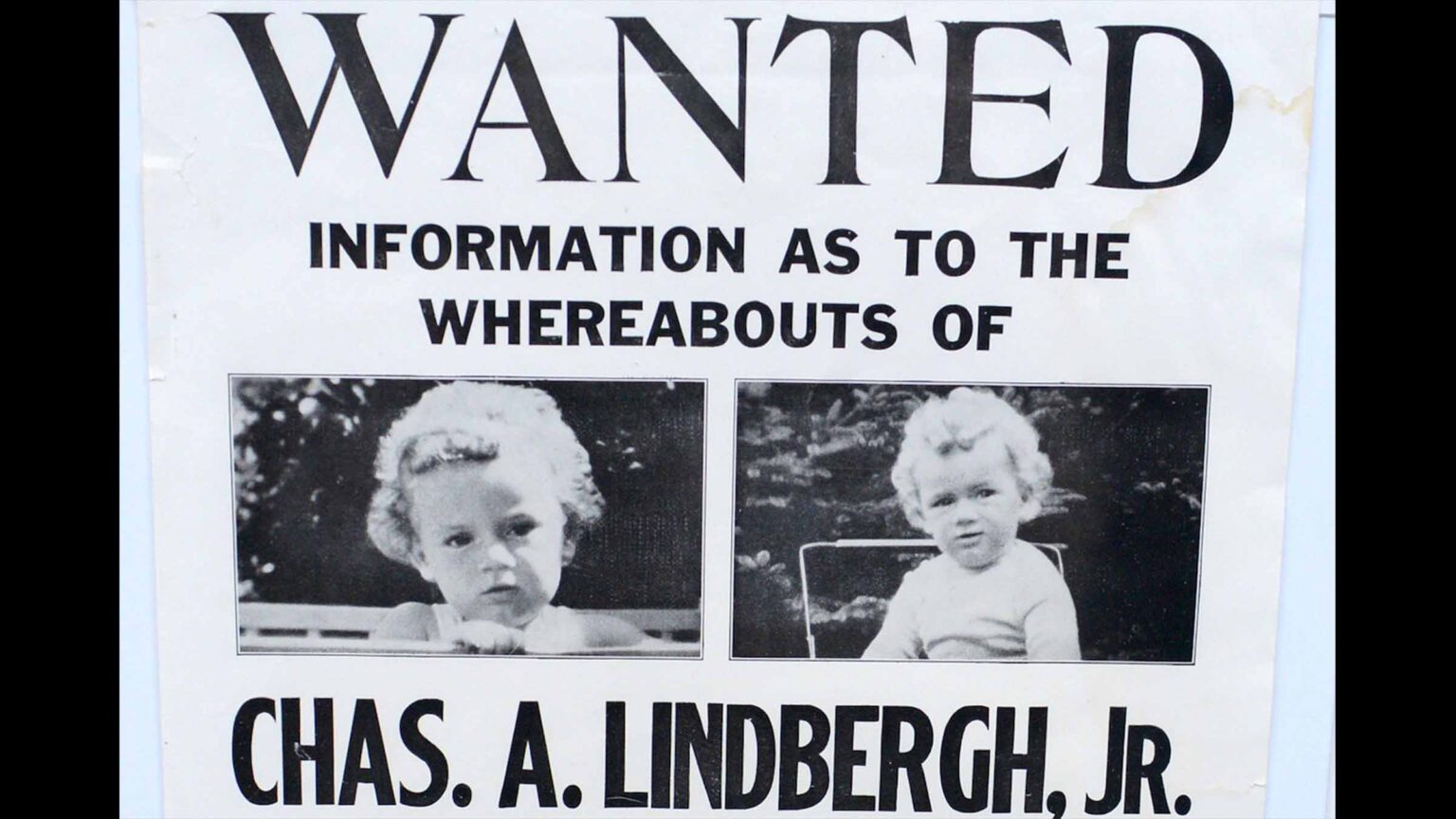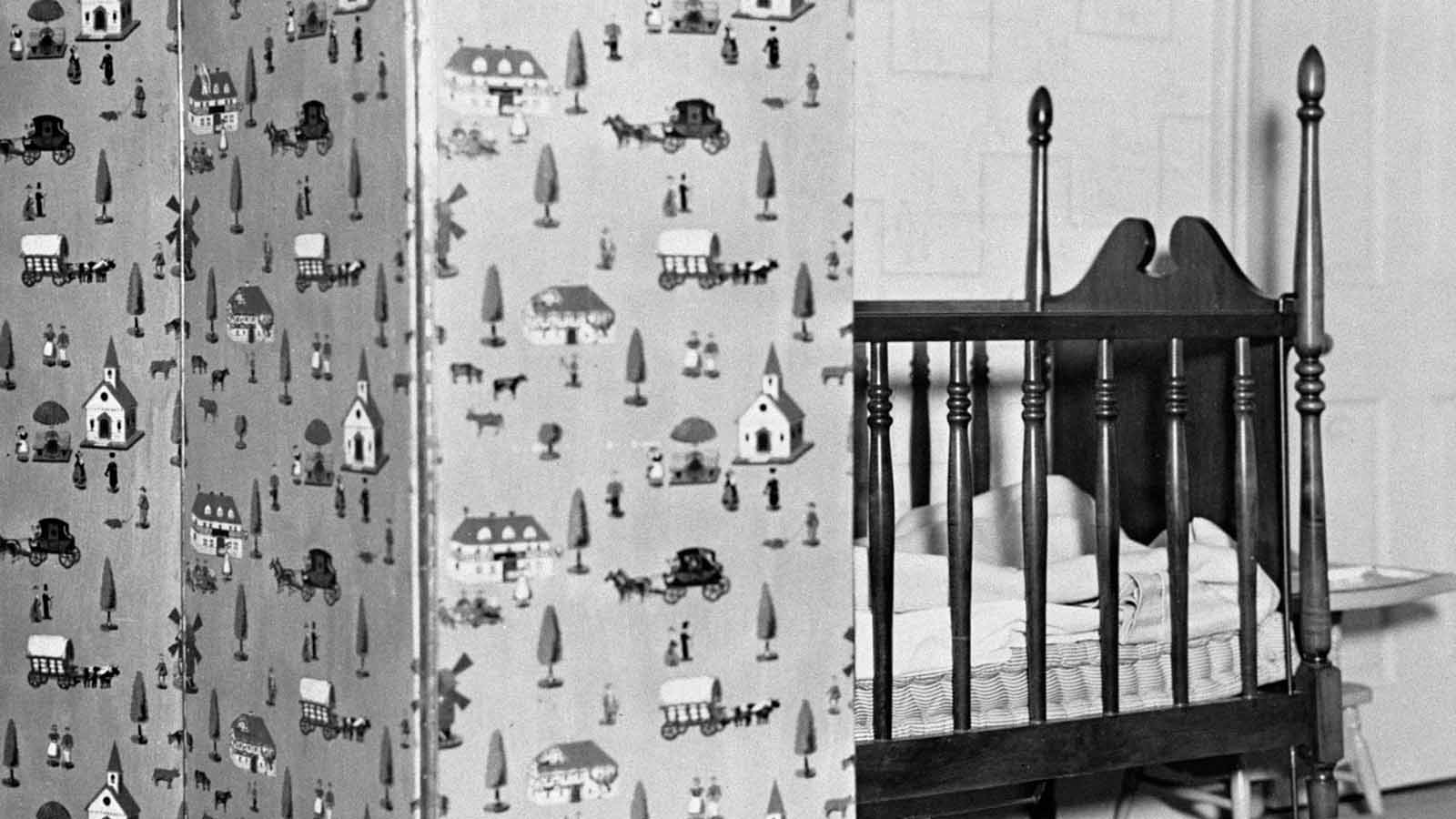
Bruno Richard Hauptmann: Did he actually kill the Lindbergh Baby?
You know the story all too well. Legendary aviator Charles Lindbergh had his 20 month year old son Charles Jr. snatched out of the crib in the middle of the night. Two month later, the Lindbergh Baby turns up dead on the side of the road. Many call it the crime and trial of the century, as it was massively followed by the media from start to finish.
But even though Bruno Richard Hauptmann died for kidnapping and killing the Lindbergh Baby, did he? As years have gone by, many have advocated that poor police work and Lindbergh’s interference in the case forced police to arrest and charge Hauptmann with little proof.

Arguing for Hauptmann’s innocence
While the ransom money and pieces of the specially built ladder were found in Hauptmann’s home, no usable fingerprints were ever found on the ladder to begin with. At the time, the investigators just assumed that the perpetrator used gloves, therefore leaving him unable to leave fingerprints.
But when fingerprint expert Dr. Erastus Mead Hudson used a special silver nitrate compound on the ladder, it still did not turn up Hauptmann’s fingerprints. But if he built the ladder, his fingerprints would be on certain parts of it. Nothing was found tying Hauptmann to the ladder, but police disregarded Hudson’s discovery.
There was a significant amount of evidence that tied Hauptmann to the crime, including having John Condom’s phone number and address written on the wall of his closet, having $14,000 in gold certificates, and having a notebook with a sketch of the design for the ladder.

When questioned by police, Hauptmann denied any involvement in the case of the Lindbergh Baby. His argument for the evidence was that his friend Isidor Fisch left him a box as well as some notebooks and old building supplies before he went home back to Germany. Only after Fisch lef did Hauptmann find out about the money in the box.
He kept the money because he and Fisch had a business deal that Fisch never paid up for, so he considered this his payment. Of course, Fisch died on March 29th, 1934 not long after returning to Germany. While Hauptmann’s defense team made a poorly argued case that Fisch committed the crime, is that actually the case?

Isidor Fisch: the true killer?
Characterized as a “harmless fur trader” by his German acquaintances, Fisch was well known for his money laundering scams and fraudulent businesses in the German American community in the Bronx. Hauptmann and Fisch met in 1932, and teamed up to work on Fisch’s fur trade and Hauptmann’s stock investments.
The same day Fisch applied for a passport, the Lindbergh Baby turned up dead. In December 1933, Fisch set sail for Germany with $600 in German currency with him. A little more than 3 months later, Fisch passed away from tuberculosis.
Before he left for Germany though, he did leave some belongings with Hauptmann, namely the shoebox with $14,000 in it and some old notebooks with their business plans. In one of the notebooks though was a sketch of a strange ladder, but the one that was used to kidnap the Lindbergh Baby.

Hauptmann’s defense argued that the evidence used to convict him was actually evidence pointing to Fisch as the proper killer. But the prosecution wasn’t having it. Members of Fisch’s family and the nurse who looked after him flew out for the trial to testify against Hauptmann.
His family claims that if he had money, he could’ve gotten proper medical treatment. Even while he was in the US, he was poor and sickly, hence the scams. But he was a pauper by the time he came home to Germany, and died with very little money to his name. On top of that, Fisch’s brother claims that he never mentioned anything about Hauptmann, even on his deathbed.
While using Fisch as a suspect makes sense in theory, the family makes a good point that he would’ve spent the money considering how sick he was. Plus, who knows if Hauptmann is just throwing Fisch under the bus after getting screwed over by him.

If not Hauptmann, who?
Over the years, people have pitched their conspiracy theories about who truly killed the Lindbergh Baby. Most obviously, there is a theory that Lindbergh himself tried to cover up a horrible accident, or take his son to Germany and faked the kidnapping.
One theory is Lindbergh dropped his son off a ladder, and he was killed, so Lindbergh faked the kidnapping to try and cover up his mistake. The other theory is that his son was physically disabled, and the kidnapping was Lindbergh covering up the baby getting shipped off to Germany to be raised.
Another major theory is that Hauptmann did kidnap the Lindbergh Baby, but it wasn’t a solo job. In the book Cemetery John, author Robert Zorn tells his father Eugine Zorn Jr.’s story about what he witnessed being the teenage neighbor of German immigrants John Knoll.

In the book, he recalls seeing a meeting between Knoll, Walter Knoll, and Hauptmann at an amusement park. Though they were speaking in German, he recognized them saying Bruno, Hauptmann’s first name, and Englewood, the suburb where the Lindberghs lived.
On top of that, John Knoll had a thing for stamp collecting, and the ransom letter had a bunch of unique stamps on it. Nothing has been confirmed about the Knolls as co-conspirators, but a former FBI criminal profiler noted that this was definitely a valid lead in the Lindbergh Baby case.
Hauptmann was executed on April 3rd, 1936 for the crime of kidnapping and murdering the Lindbergh Baby. But even on the electric chair, Hauptmann declared himself innocent, even turning down a life sentence instead if he confessed. While the case against him is strong, there may be another man guilty of the Lindbergh Baby murder who walked away free.



